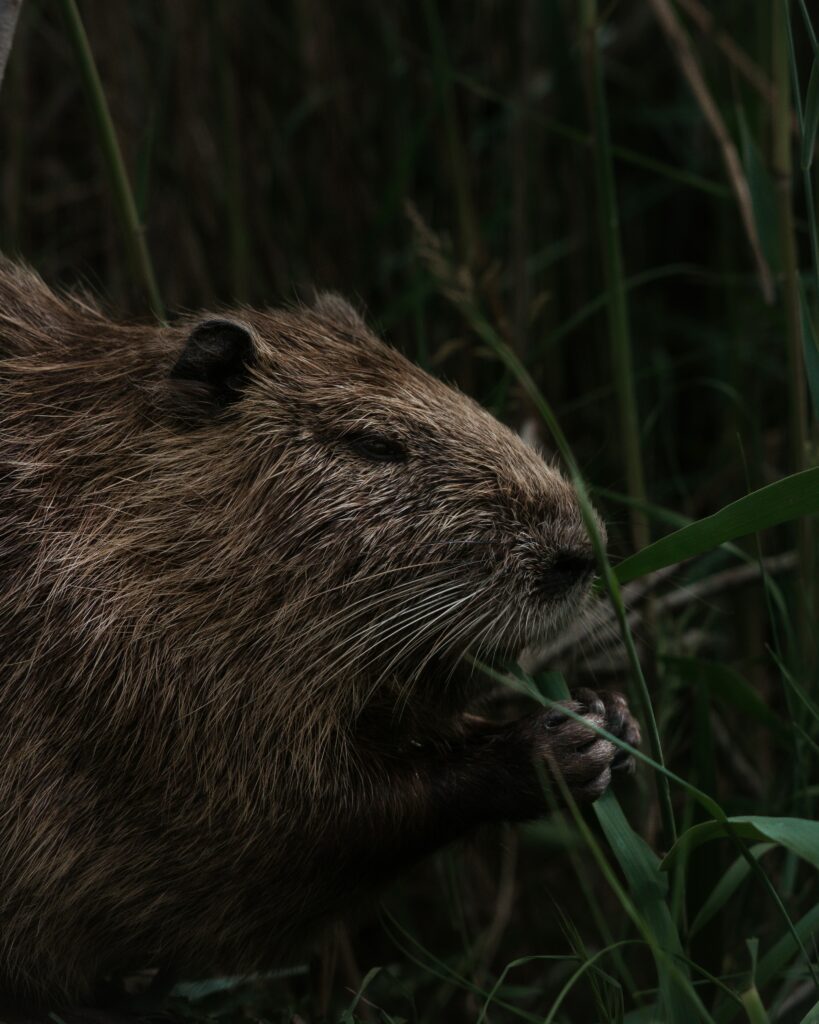Confronting Ecological Invaders – The Menace of Feral Hogs and Nutria in Texas Ecosystems
Within the expansive Brazos River basin in Texas, invasive species pose a significant threat to ecosystems, wreaking havoc on the environment and infrastructure. Two prominent culprits in this ecological challenge are feral hogs and nutria. Originating from different circumstances, these invasive animals have become a menace, causing widespread damage to Texas landscapes.
Feral Hogs: A Growing Menace:
Background: Feral hogs, a hybrid of Eurasian/Russian wild hogs and domesticated hogs, have a tumultuous history in Texas. Initially introduced during conflicts between the U.S. and Mexico, they gained a foothold in the 1930s when wild Russian boars were brought to Texas for hunting.
Environmental Impact: These omnivorous creatures have a detrimental impact on both the environment and human activities. They destroy crops, leading to economic losses estimated at millions of dollars. Furthermore, their rooting behavior disrupts ecosystems, depletes water resources, and displaces native species.
Economic Consequences: Feral hogs are not only a threat to agriculture but also to human consumption. They carry diseases like leptospirosis, trichinosis, swine brucellosis, and pseudorabies, posing risks to both livestock and humans.
Physical Characteristics and Reproduction: Adult feral hogs exhibit significant variations in weight, coloration, and tusk size. With rapid reproduction rates and a short maturation period, their population can quickly spiral out of control, exacerbating the challenges posed by these invasive animals.
Nutria: A Semi-Aquatic Nuisance:
Appearance and Behavior: Nutria, often mistaken for beavers due to their semi-aquatic nature, are stocky, brown-furred rodents with large front teeth. Unlike beavers, they lack the broad, flat tail and are skilled swimmers. Known for their voracious appetite, nutria can consume up to three pounds of vegetation nightly.
Habitat Impact: Nutria’s feeding habits contribute to erosion and habitat loss, making them a significant concern for the Texas Parks and Wildlife Department. Their burrowing activities further exacerbate erosion along rivers and roads, impacting the stability of these environments.
Distinctive Traits: With a lifespan of up to 10 years, nutria weigh up to 22 pounds and possess unique physical traits. Their large front teeth, often yellow or brown, distinguish them as large rodents, while their tails resemble those of rats.
Mitigation Efforts and Future Considerations:
As Texas grapples with the invasive threat posed by feral hogs and nutria, ongoing efforts focus on mitigation and control. Strategies involve a combination of hunting, trapping, and habitat management to curb the populations of these invasive animals.
Addressing the root causes of the introduction and proliferation of these species is essential for long-term success. Public awareness, supported by collaboration between environmental agencies, local communities, and researchers, plays a crucial role in developing sustainable solutions.
In conclusion, the battle against invasive animals in Texas demands a comprehensive and collaborative approach. Feral hogs and nutria, with their diverse impacts on agriculture, ecosystems, and infrastructure, highlight the urgent need for effective strategies to mitigate their presence and protect the state’s diverse landscapes.
